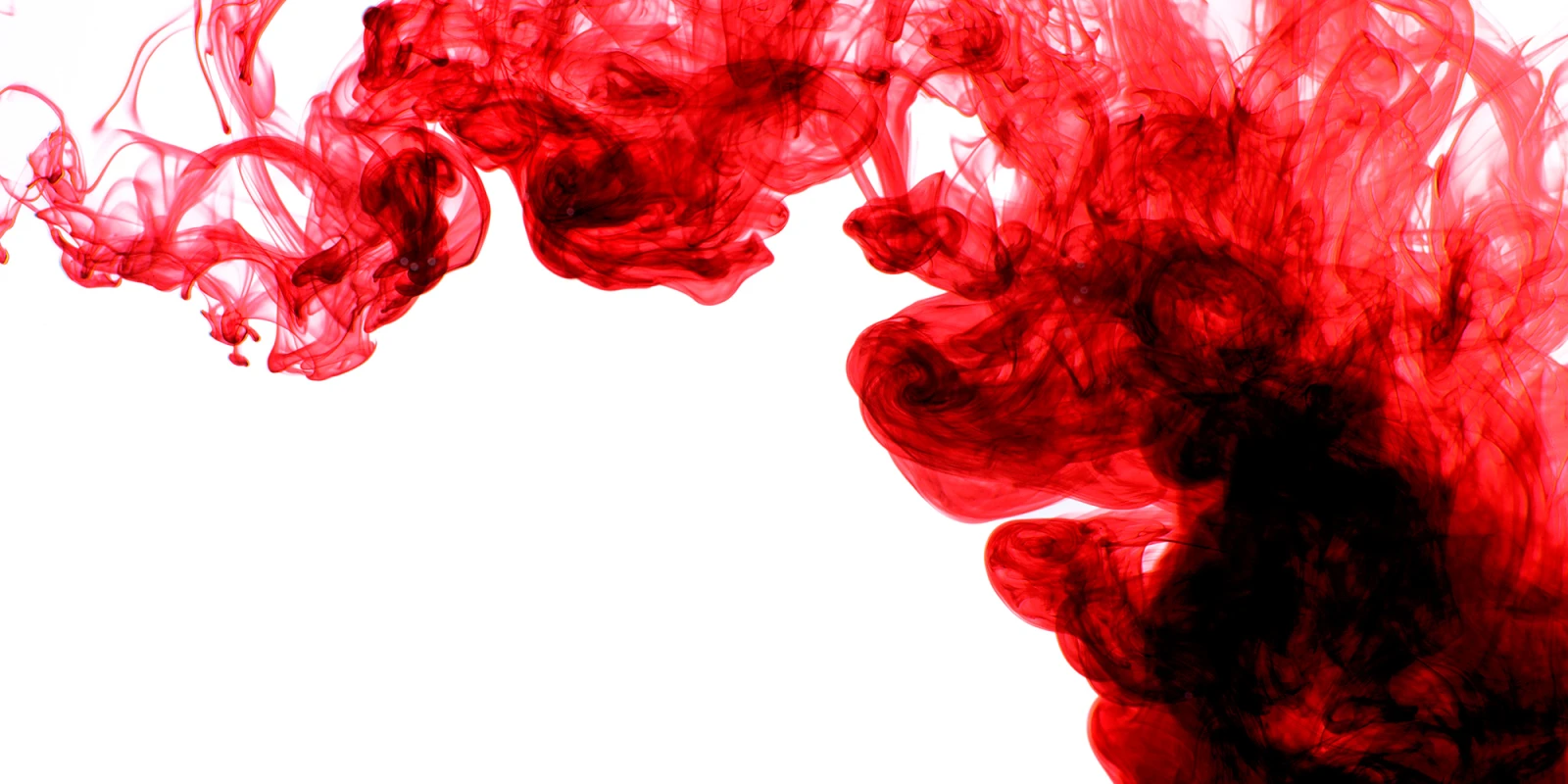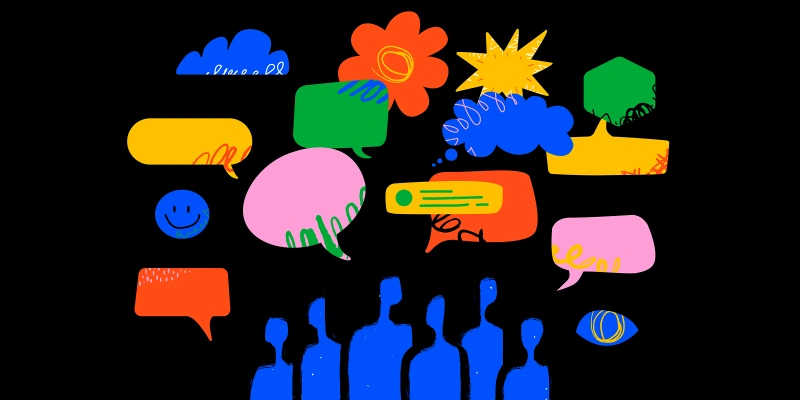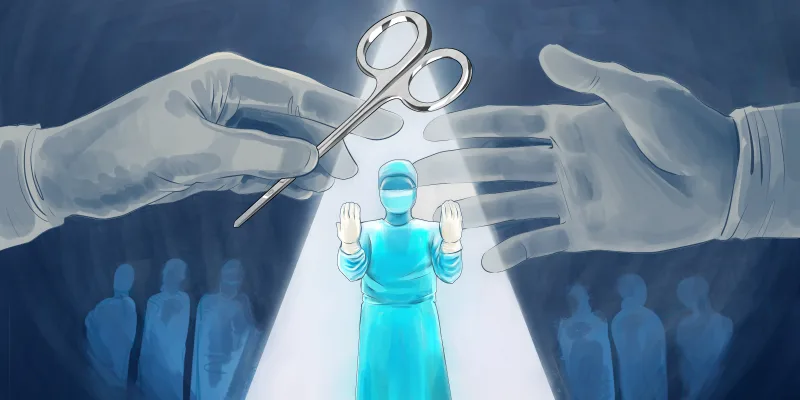
My first medical mission trip was in 2006. It seemed like it was not the best time to volunteer, but I have learned that there is never an ideal time for experiences that will change your life. I had been in private ob/gyn practice for 15 years, and my husband and I were busy raising 5 children, ages 6–16, while juggling 2 professional careers. A physician colleague was asking for volunteers to accompany him to Haiti and work at a small hospital for a week, and I quickly said yes, before I could think too hard about the consequences. I have returned each year to that same hospital, now leading surgical teams that complete 40–50 cases a week and provide education to the Haitian hospital staff. Out of all my Haiti experiences over the years, there is one Haitian woman who unwittingly challenged my ideas about women’s health care.
She was in her late 50’s and had lived a hard life in the surrounding mountains. Her family brought her to the hospital because she had increasing vaginal bleeding and was starting to lose weight. As she got undressed, she pulled a blood-soaked rag from between her legs and handed it to me. I turned to drop the rag into the trash, only to find her firm grip on my arm and directing me to put the bloody cloth into her purse. I would learn that this piece of material was only one of a few that she had available to use as a substitute for a menstrual pad as her family was very poor and unable to afford disposable feminine hygiene products. Her subsequent exam revealed advanced cervical cancer as a cause of her vaginal bleeding, a disease that is all too prevalent in a country with no preventive health care system.
As I returned home at the end of the week, I couldn’t forget that women’s grip on my arm. The gesture was desperate and embarrassed at the same time. Each time I handed a patient in my office a pad or tampon after a procedure, I realized that there were millions of women throughout the world that couldn’t afford that luxury. In addition to rags, women in the developing world were using straw, cardboard, grass, or simply nothing. They were staying home from school and work or being shunned from their families each month. Short of flooding the country with disposable pads that would require disposal where no garbage pick up exists, I couldn’t come up with a good answer.
Fortunately, others had been working on this same problem for a few years and developed a reusable/washable menstrual pad that could be constructed from readily available materials in the US. I enlisted the help of a group of seamstresses and we spent an entire Saturday cutting flannel and cotton into shields and liners that were then sewn into components of the kit. On my trip to Haiti a few months later, we presented the product to a group of women at a maternity clinic and were met with skeptical reviews. The preferred color of rags was white so that they could be bleached clean and these pads were brightly colored. They felt too thin and flimsy to absorb as much fluid as the bulky rags. We had a better reception at a local school, where the girls were only too happy to have a brightly colored bag to carry their hygiene supplies and had not yet developed a preference for more expensive disposable pads. They were also eager for education. Most of them had never been taught what to expect when they started menstruation and often believed that they might be bleeding to death. In their minds, there was no connection between a menstrual cycle and childbirth.
![563e8c65-9512-4cbb-b0ad-273d96a38b8b-1[1]](http://images.ctfassets.net/uq0sg0aynn6a/4xco3FA4TYCGCCAW0E8kUE/0a846e113d9a393920f1ff04de94bb54/563e8c65-9512-4cbb-b0ad-273d96a38b8b-1_1_.jpg)
The Haitian woman that started me on this journey is probably now deceased but I would like her to know that her life and illness benefitted the women and girls of Haiti. Haitian women are now making a livable wage by sewing the reusable menstrual hygiene kits with pre-cut materials from volunteers in the US. These seamstresses have received women’s health education and pass on that same education each time they distribute kits to young women. Volunteers in the US have become aware of the struggles of women in the developing world and contribute their energy and dollars to helping make the effort sustainable.

The final beneficiary is myself. As my children have moved off on their own journeys as young adults, I have a project that provides me with interactions with young people both in Haiti and the US. These girls make me laugh and hope for a better world for them and their daughters. In an age when physician burnout is becoming an epidemic, I think I have found my personal solution.
Dr. Leslee Jaeger is an ob/gyn and a 2018–2019 Doximity Author. She is also a mom to 3 bio and 2 adopted children, an advocate for women’s health domestically and internationally, and she loves good food and good books. She currently blogs about her family and work at jaegerleslee.wordpress.com.







